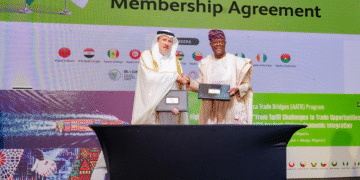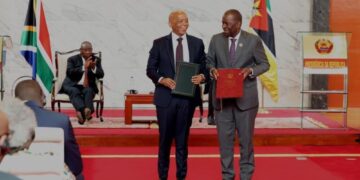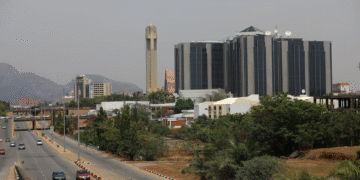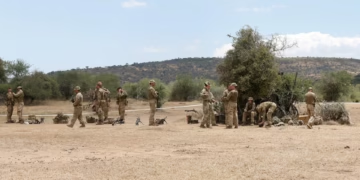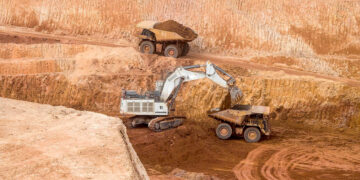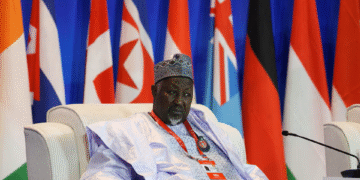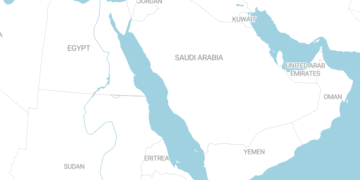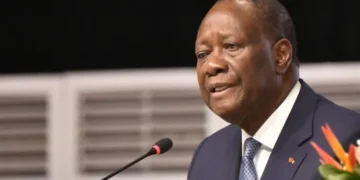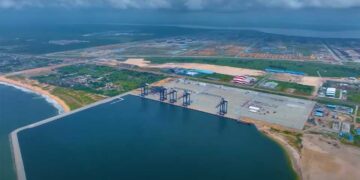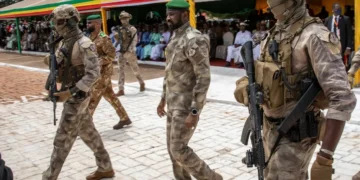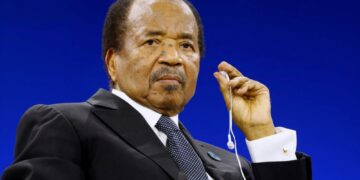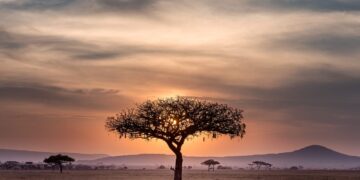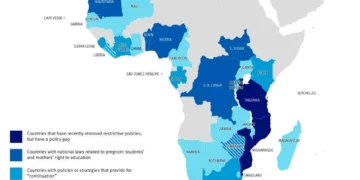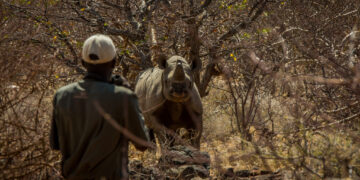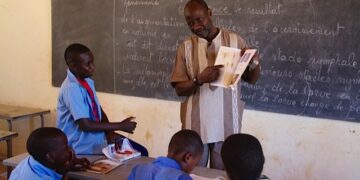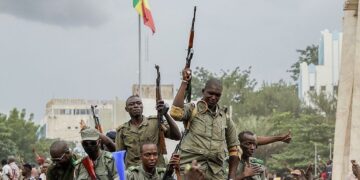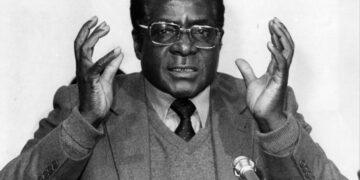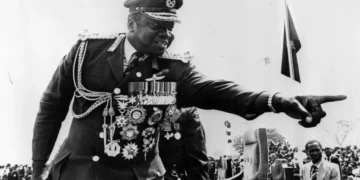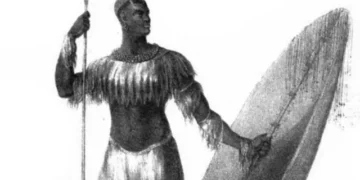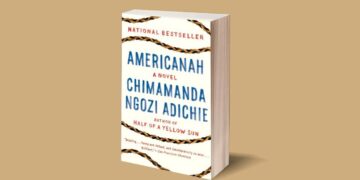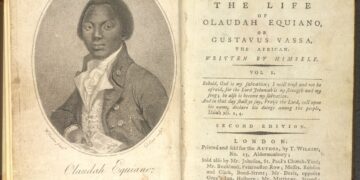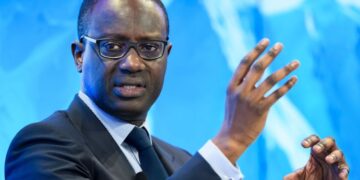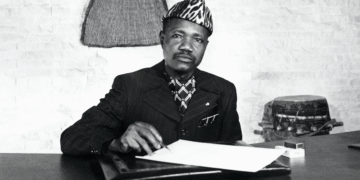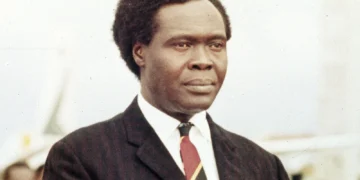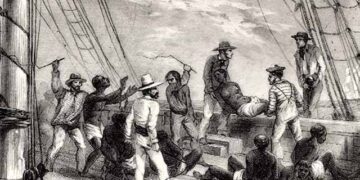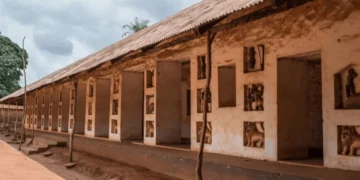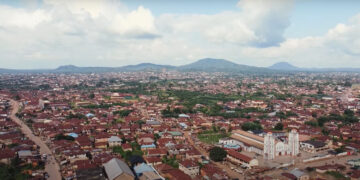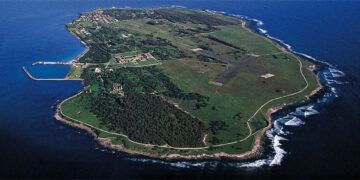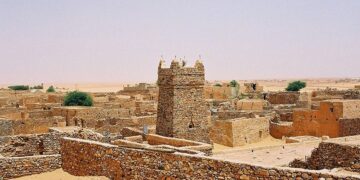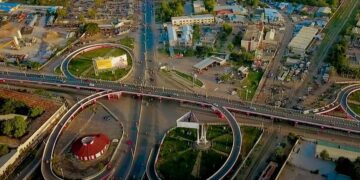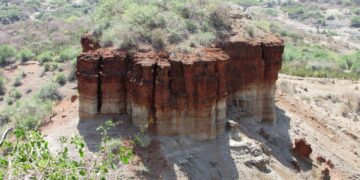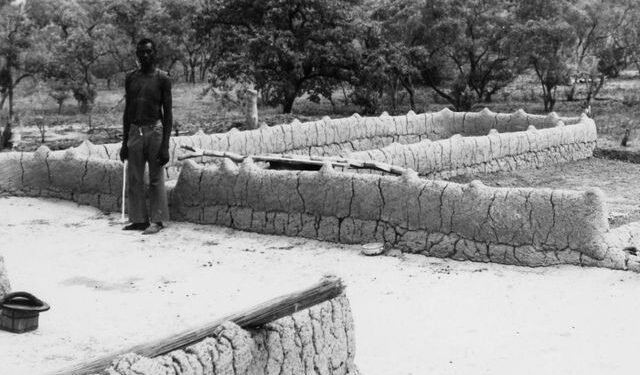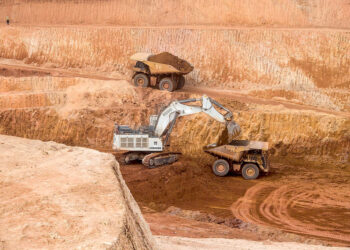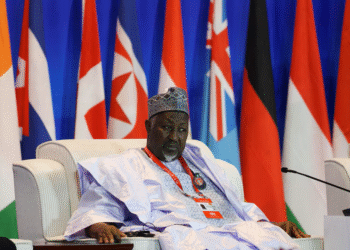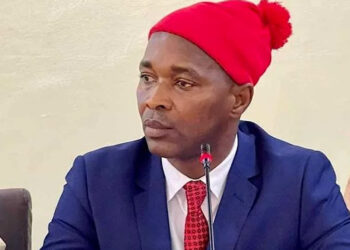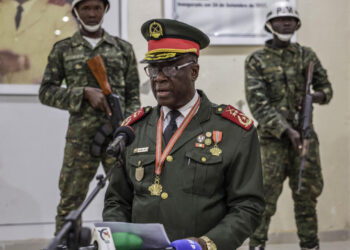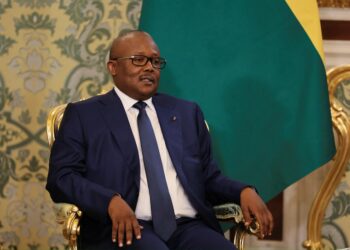The Dagaaba people (singular Dagao, and, in northern dialects, Dagara for both plural and singular) constitute one of the major ethnic groups in West Africa, specifically in northern Ghana, southern Burkina Faso and Côte d’Ivoire. They are known for being a traditional agricultural society, characterized by a cohesive social and cultural system that reflects their long history in the region.
Oral accounts and anthropological studies indicate that the origins of the Dagaaba are linked to migrations that occurred in the Volta River Basin. They are believed to have settled in their current areas several centuries ago, building a society based on traditional agriculture. Unlike some neighboring groups that established centralized kingdoms, the Dagaaba did not have a unified political system or a large kingdom. Instead, they lived in independent villages, each governed by a council of elders and clan chiefs. This decentralized political organization contributed to their autonomy and resilience in the face of external changes.
Historically, the Dagaaba interacted with neighboring groups, such as the Mossi and the Gurunsi, through trade and, at times, conflict. These interactions influenced their social organization and traditions.
The Dagaaba community relies primarily on agriculture, with farmland being the center of economic and social life. Crops such as millet, maize, sorghum, yams, and groundnuts are grown and form the basis of the diet. Livestock rearing, particularly cattle, goats, and chickens, is also an important part of the local economy and is sometimes used as a form of wealth and barter.
The clan system is the cornerstone of Dagaaba society. The community consists of multiple clans, each with its own lineage and history. The kinship system is biracial, a rarity in West Africa. While an individual gains social status and inheritance through the father, the mother’s clan is also very important in defining their identity, as certain traditions and spiritual responsibilities are passed down through her. This complex system gives individuals strong ties to both sides of their families.
The elder (Tendana) is considered the guardian of the land and tradition and is highly respected in the community. He is not just a political leader; he is also a spiritual mediator between the living and the ancestors, responsible for making decisions regarding land and rituals.
The Dagaaba culture is characterized by a rich artistic heritage that includes music, dance, and sculpture. Traditional musical instruments, such as drums and stringed instruments, are used at social events and celebrations. Group dances are an integral part of rites of passage and religious ceremonies.
Funeral rituals are among the most important cultural practices of the Dagaaba. Elaborate and lengthy ceremonies are held to honor the deceased and bid farewell to their spirits, as spirits are believed to pass on to the world of the ancestors. Drums and music are used to guide the spirit to its new home. These rituals are not only intended to bid farewell to the deceased but also to strengthen social bonds among community members.
Religiously, the Dagaaba traditionally believed in a supreme deity called Naayen and made offerings to spirits and ancestors. Ancestors are believed to serve as a link between the living and the spiritual world, and are sought for protection and blessings. With the spread of Christianity and Islam in the region, some Dagaaba people have embraced these religions, but traditional beliefs still play an important role in their daily lives.
The Dagaaba people face modern challenges, such as economic and social changes that impact their traditional lifestyle. Migration to large cities in search of employment has eroded some family and clan ties. Climate change has also impacted agriculture, forcing many to seek economic alternatives.


